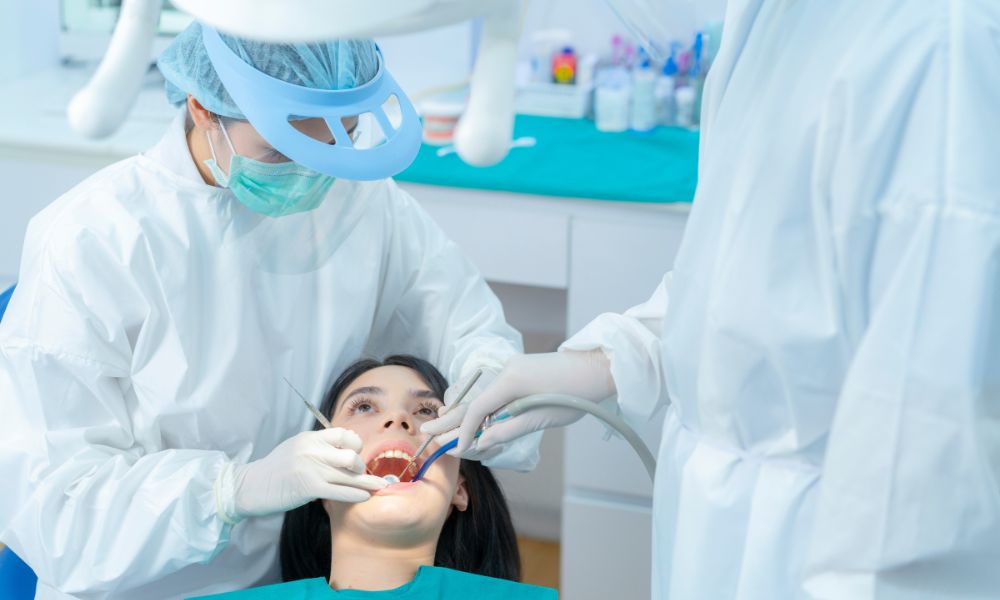
The COVID-19 pandemic left many changes in its wake, from an array of behavioral shifts to research and technology innovation. Businesses in the healthcare industry underwent—and are still undergoing—some of the biggest changes. Here is how the COVID-19 pandemic impacted dental offices.
Implementation of Teledentistry
Telehealth came to fruition as isolation mandates went into effect. Telehealth was a means to practice social distancing while still getting people the care they needed. Teledensitry continues to be a service option at many dental clinics, even after isolation mandates and the height of the COVID-19 pandemic came to an end. Now, dental clinics commonly offer it as a service for patients who don’t require any physical or surgical appointments. Dental offices use teledentistry for consultations and medication prescriptions. Overall, teledentistry keeps the in-person headcount low and minimizes the risk of spreading diseases in the office.
Increased Workplace Dangers
Workplace dangers manifest in many forms, from tripping hazards to faulty electrical work to hazardous waste exposures. At the beginning of 2023, OSHA officially instated COVID-19 as one of the many common health and safety threats to caution in workplaces. Dental offices are at greater risk of COVID-19 than other businesses due to their proximity to mouths and exposure to respiratory systems. Now, COVID-19 is one of the biggest risks for dental workers on the job.
Enhanced Preventative Measures
COVID-19 causes multiple health and safety risks, hindering businesses, workers, patients, and even third-party involvement in many ways. Therefore, many dental offices implemented enhanced preventative measures during and after the pandemic’s height. More dental workers are wearing proper and full sets of PPE, from N95 masks and face shields to full-coverage scrubs. Other enhanced preventative measures that arose from the pandemic include the following:
- Digital appointment check-ins
- Spread-out waiting rooms
- Use of UV lamps and air purifiers
- Disinfecting mouth rinses before procedures
Updated OSHA training for dental offices also covers many more COVID-19 preventative measures. As a threat to the workplace, COVID-19 is a key topic for OSHA compliance and training. Dental offices enhance their clinic health and safety with COVID-19 preventive practices and OSHA protocols.
The COVID-19 pandemic left a lot in its wake, forever changing the way businesses and society function. In particular, the pandemic impacted dental offices in many ways. It brought teledentistry to fruition, added another work danger to learn about and caution against, and enhanced in-clinic preventative safety measures.

